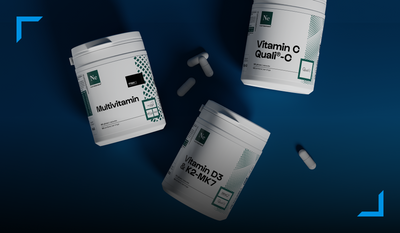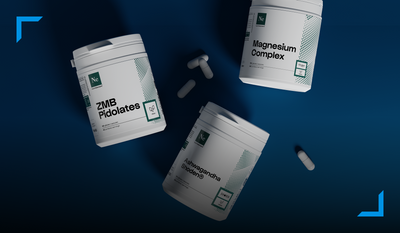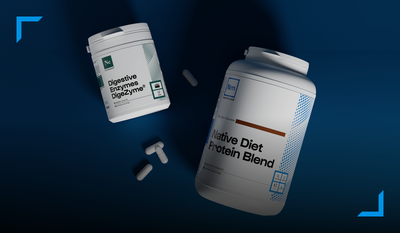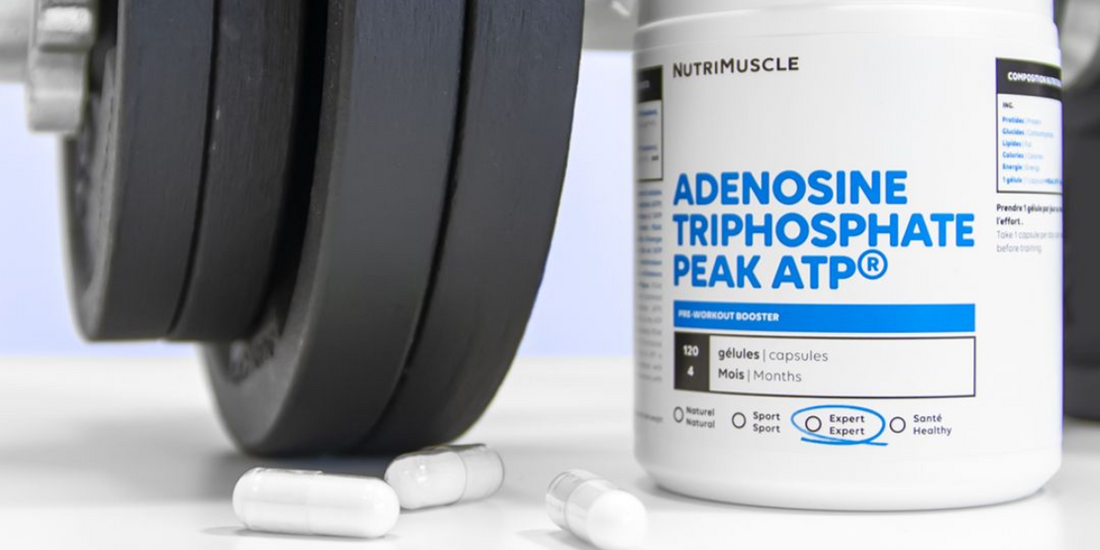0 commentaires
Adenosine Triphosphate (ATP) is the fundamental energy molecule that powers the vital processes in our cells. The intricacies of this dynamic molecule range from its central role in cellular metabolism to its involvement in the Krebs cycle.
What is ATP?
Adenosine triphosphate (ATP) is a nucleotide present in all forms of life. It is essential for the storage and transfer of chemical energy required for cellular processes, such as metabolic reactions, cell division, locomotion, and active transport across biological membranes.
The structure of ATP consists of an adenine linked to a ribose, to which three phosphate groups are attached. By converting to adenosine diphosphate (ADP), ATP releases the energy needed for various cellular activities.
ATP synthesis occurs during processes such as oxidative phosphorylation, substrate-level phosphorylation, and photosynthesis.
Where is adenosine triphosphate found?
Adenosine triphosphate (ATP), a molecule essential for the provision of energy in cells, is found primarily in mitochondria, the cellular organelles often referred to as "power plants." These mitochondria are present in most eukaryotic cells, organisms whose cells have a nucleus delimited by a membrane.
ATP synthesis occurs in mitochondria through complex metabolic processes, including the Krebs cycle and oxidative phosphorylation. These processes are essential for converting energy substrates into ATP, thereby providing energy for many cellular activities.
It is important to note that although ATP is ubiquitous in cells, its storage capacity is limited. Therefore, cells must constantly renew their ATP supply to meet increasing energy demands, especially during activities such as muscle contraction or protein synthesis.
The Krebs cycle and ATP production
The Krebs cycle is like a power plant in our cells, turning the food we eat into usable energy, adenosine triphosphate (ATP). It’s like a factory that takes bits of carbohydrates and fats and breaks them down to create little energy batteries called NADH and FADH2.
These little batteries of energy are then routed to an "electron transport chain," where they release electrons. Finally, this electricity is used to create ATP, the form of energy that our cells use for all their activities.
So the Krebs cycle helps produce these little batteries of energy, which in turn fuel the production of ATP. It's kind of like a series of chemical reactions that turn our food into fuel so our cells can function properly.


























